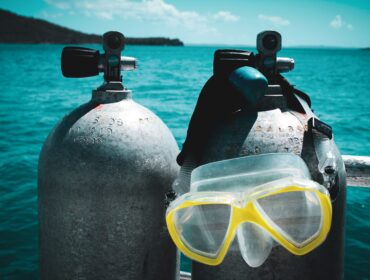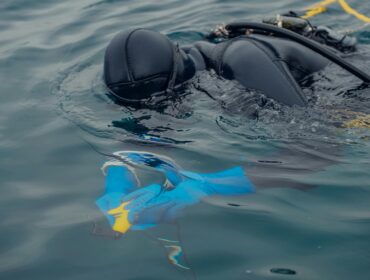Leave it to US-produced television to perpetuate false information. Although this myth has been around for quite awhile, the method of peeing on a jellyfish sting was popularized following an episode of Friends, in which Monica gets stung by a jellyfish, forcing Joey and Chandler to take action. Friends, allow us to dispel this myth with some facts, and save the lot of you unfortunate enough to be stung by a jellyfish the further sting of embarrassment that can only arise from another person urinating on you.
The origin of the myth is unclear, but according to our research, a lot of people believe this is true, largely based on what they’ve seen on television. The more “scientific” types proclaim that the reason urine is effective is because it contains uric acid, which helps to neutralize the burn.
The theory has its foundation in the fact that acids do indeed soothe the sting of a jellyfish, such as vinegar, isopropyl alcohol, and baking soda. The flaw of urine is that it is primarily water, and freshwater at that — the jellyfish sting’s natural enemy. Peeing on a jellyfish sting will only serve to ignite the nematocysts, which are the venomous cells from the jellyfish’s tentacles that become embedded in the skin, causing anywhere from moderate discomfort to emergency room situations.
There simply is not a high enough concentration of acid in urine to neutralize the sting. To make matters worse, there is risk of bacterial infection resulting from the urine if it came from someone other than the victim.
Now that we’ve uncovered the bitter truth about what not to use to treat a jellyfish sting, let’s talk about what to do instead of peeing on a jellyfish sting. There are several effective methods that can be used, and they include:
- vinegar
- isopropyl (rubbing) alcohol
- baking soda
- sea water
- commercial jellyfish treatment products
Vinegar is most favored by sting experts, and undoubtedly sting victims, because it offers the highest concentration of acid necessary to quell the reaction of the nematocysts and the ensuing pain. Rubbing alcohol is purportedly as effective for this cause; the use of ethanol (drinking) alcohol is said to be less effective, but can do in a pinch.
Baking soda mixed with vinegar or seawater and made into a paste can be applied to the affected area with soothing results. If there are none of these available, flushing the sting location slowly but steadily but seawater can provide some comfort and help to neutralize the venomous cells.
And finally, remedies with compounds specifically formulated for the treatment of jellyfish stings are commercially available to the public.
If you or someone you know gets stung by one of these beautiful little creatures, it is important not to panic. Fast movement will only cause the venom to circulate even faster through your body, so do your best to remain calm and get to safety on land.
Once out of the water, if there are tentacles stuck to your skin, it is important to remove them, but not with your bare hands. Use a stick, a towel, or some implement where other parts of your skin will not come in contact with the nematocysts.
Nematocysts remain active even after detachment from the jellyfish, and also after the creature is dead, so never touch one that has been beached! You can use something like a credit card to scrape off all remaining nematocysts, or if nothing like that is handy, sand from the beach will also work, but take care to not expose any other skin to the affected area.
From there, you will use any of the above items to neutralize the sting. Use a steady method of pouring the liquid on the area, for at least 30 seconds at a time. Once the sting has subsided, many people use aloe vera or an antihistamine cream to soothe and prevent allergic reactions.
It is very important that the victim be monitored for serious reactions to the sting, as some can unknowingly have severe allergies to the venom, in which case all the vinegar and alcohol in the world is not going to help. Please note that the sting of a Portuguese man-of-war will become worse by use of jellyfish sting treatments, as it is not actually a true jellyfish!
The moral of this story is: If in doubt, don’t resort to peeing on a jellyfish sting. Always carry an emergency kit with the tools to handle a jellyfish sting when you go to the beach, and be sure to heed warning signs if they are placed in your area.




